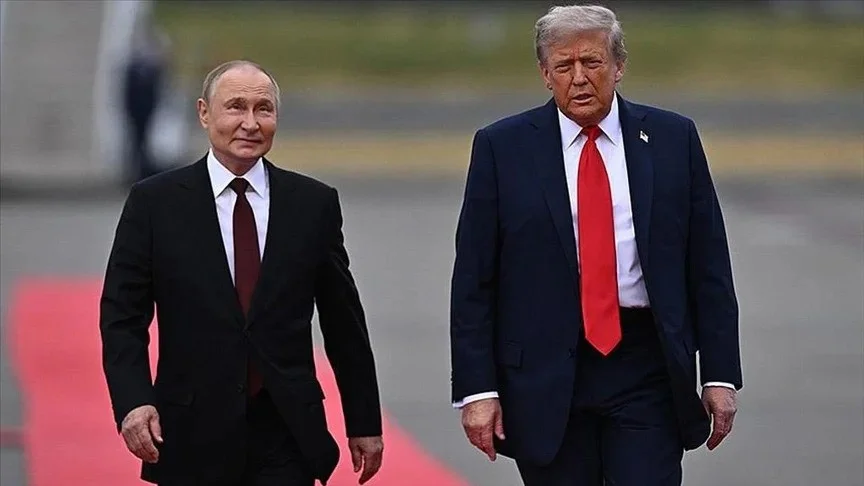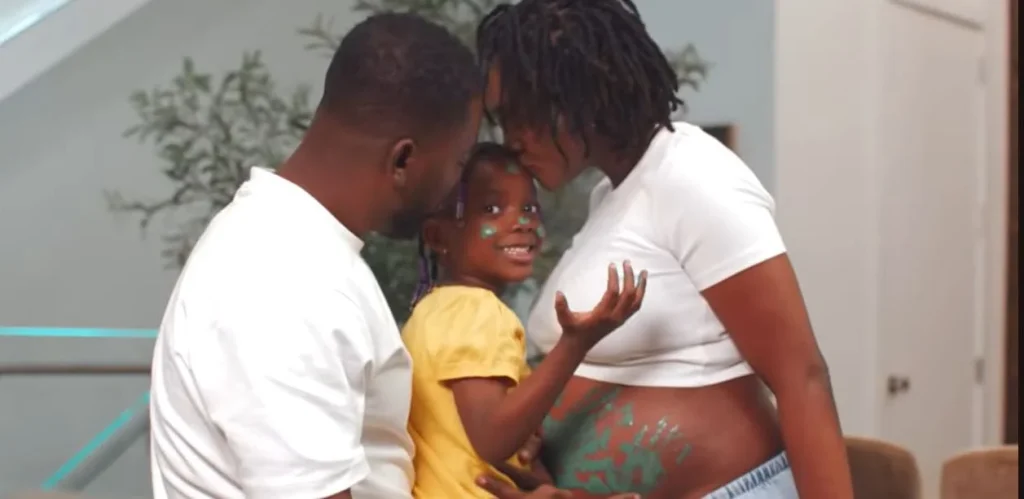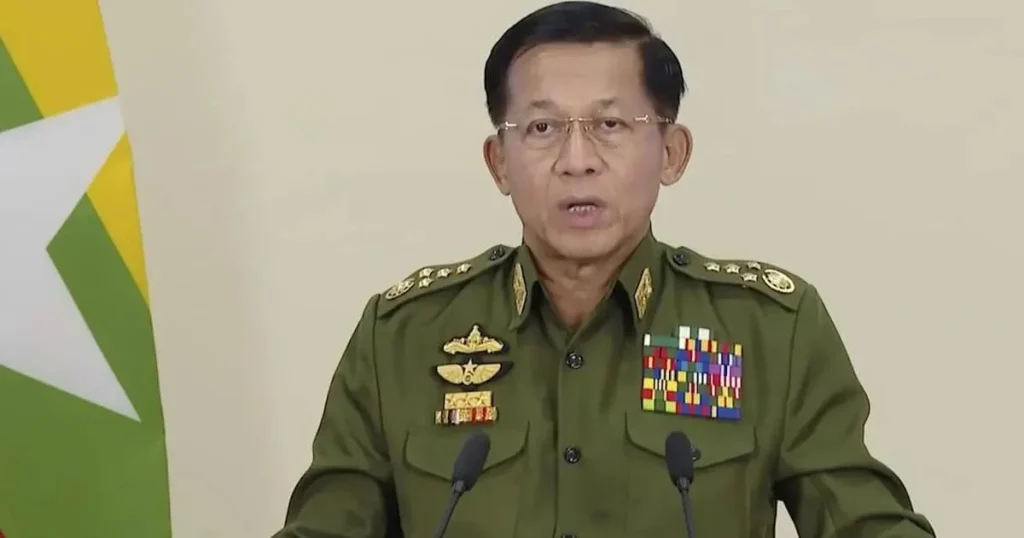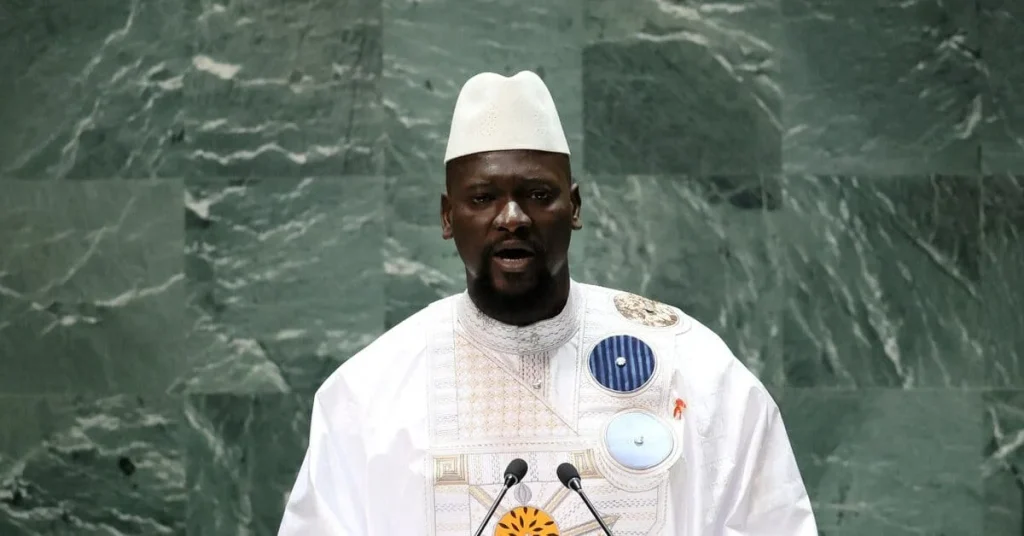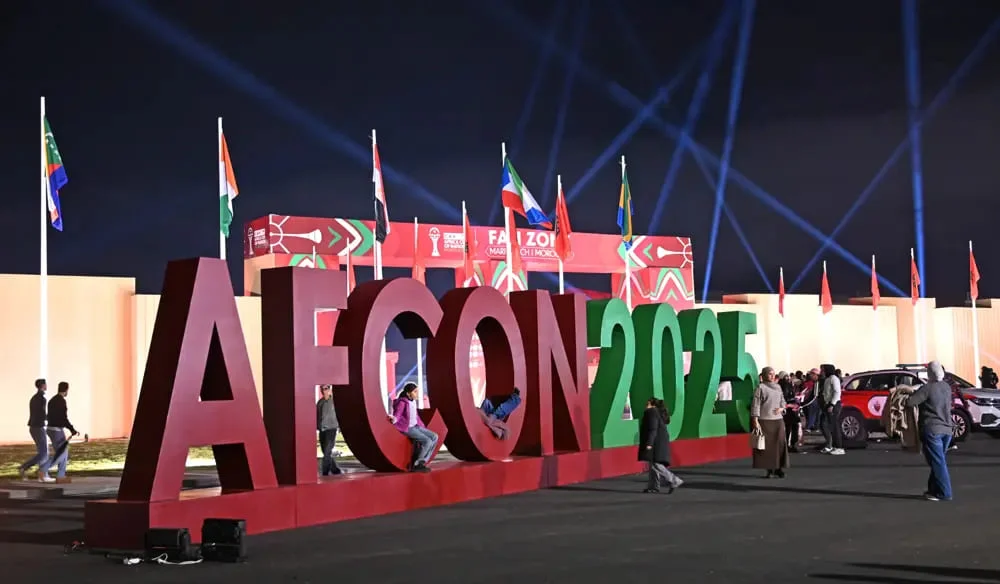President Donald Trump has postponed a planned summit with Russian President Vladimir Putin, citing concerns that the meeting could be a “waste of time.” The announcement followed a call between U.S. Secretary of State Marco Rubio and Russian Foreign Minister Sergey Lavrov on October 21, 2025.
The meeting, originally set to take place in Budapest, Hungary, was intended to push peace efforts in the ongoing Ukraine war. However, Trump’s decision reflects his frustration with the lack of tangible progress after nearly four years of fighting.
“I want results, not wasted trips,” Trump said, adding that he might reconsider once “serious groundwork” is in place.
Lavrov’s recent rejection of an immediate ceasefire has further dampened hopes for diplomatic momentum, with Moscow focused on battlefield advances instead of negotiations.
Shifting Diplomacy Amid Stalemate
Since Russia invaded Ukraine in 2022, Trump’s strategy has fluctuated between calling for a rapid ceasefire and supporting gradual peace talks. Recently, he hinted that Ukraine might need to surrender some occupied territories to achieve peace, a proposal that has alarmed Western allies.
The war has killed tens of thousands and displaced millions. Despite Ukraine’s counteroffensive, Russia continues to hold significant territory seized since February 2022.
The last face-to-face between Trump and Putin in Alaska in August 2025 ended without progress. Kremlin spokesperson Dmitry Peskov said that “serious preparation” was necessary before another summit, suggesting Moscow prefers to negotiate from a position of strength.
Europe Welcomes the Pause
European leaders have praised Trump’s decision to delay the summit, warning that Putin often uses diplomatic talks to stall while continuing military operations.
Leaders from Britain, Germany, and France have all rejected any deal requiring Ukraine to give up land, despite Trump’s claim that such a move could “end the war faster.”
Instead, the European Union is preparing to use billions in frozen Russian assets to reinforce Ukraine’s defense, a controversial but symbolic move that underscores Europe’s unified stance against Moscow’s aggression.
The War’s Lasting Impact
Now in its fourth year, the Ukraine conflict has ravaged cities, strained economies, and sparked global energy and food crises. Ukraine’s resilience depends heavily on Western military and financial aid.
Trump’s latest ceasefire push aims to curb the bloodshed, but his idea of land-for-peace faces backlash for undermining Ukrainian sovereignty.
The indefinite postponement of the summit reveals the deeper diplomatic divide, Russia remains intent on holding territory, while Ukraine demands full restoration of its borders.
What Comes Next?
The world is watching closely as the U.S. weighs its next steps. Europe continues to fortify Ukraine’s defense, while Moscow shows no sign of compromise.
Trump’s insistence on “serious preparation” signals caution, but every delay risks prolonging the war’s humanitarian toll.
With both sides entrenched and Western allies pushing different strategies, the road to peace remains fragile, and the global community braces for what comes next.
________________________________________________
Trump and Putin Plan New Talks in Budapest to Resolve Ukraine Conflict


